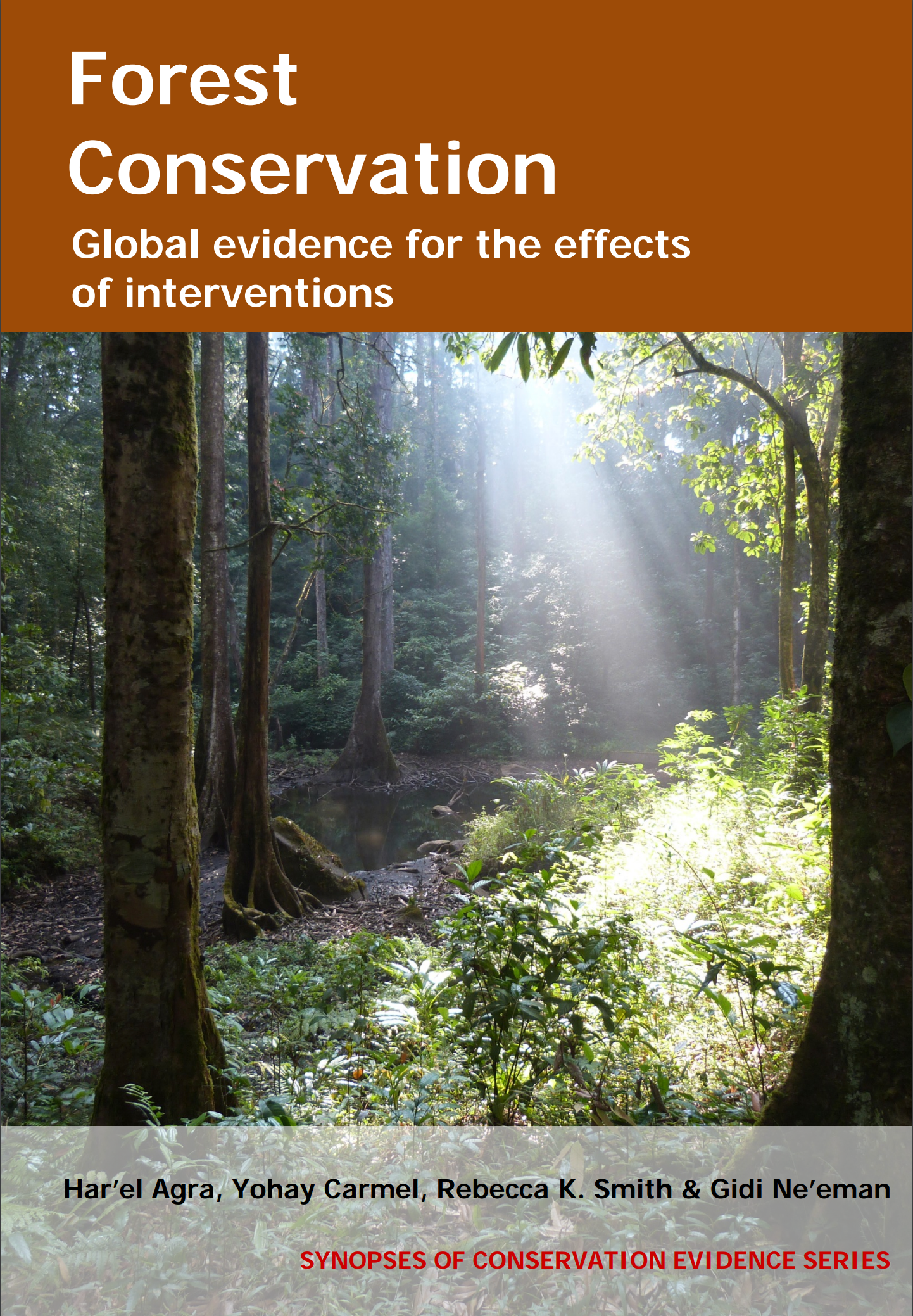Water plants to preserve dry tropical forest species
-
Overall effectiveness category Unknown effectiveness (limited evidence)
-
Number of studies: 1
View assessment score
Hide assessment score
How is the evidence assessed?
-
Effectiveness
65% -
Certainty
18% -
Harms
0%
Study locations
Supporting evidence from individual studies
A replicated, controlled study in 1998-2000 in tropical dry forest in Hawaii, USA (Cabin et al. 2002) found that irrigation increased the abundance and biomass of most forest plants. Average biomass and density were higher in watered than in control plots for: all species (watered: 355 g/m2, 28 individuals/m2; control: 28 g/m2, 23 individuals/m2), for native species (watered: 129 g/m2, 16 individuals/m2; control: 7 g/m2, 11 individuals/m2) and for seeded species (watered: 34 g/m2, 7 individuals/m2; control: 1 g/m2, <1 individuals/m2). For non-seeded species average biomass was higher in watered (95 g/m2) than in control plots (6 g/m2), while density was lower in watered plots (watered: 9; control: 11 individuals/m2). Thirty two plots (1 m2) of each treatment: watered (20 litre/plot, three times a week for the first six months, once a week thereafter) and control (not-watered) were established in 1998. Each plot was sown with 60 seeds of shrubs and trees. Plants biomass and density was measured 21 months after treatment.
Study and other actions tested
Where has this evidence come from?
List of journals searched by synopsis
All the journals searched for all synopses
This Action forms part of the Action Synopsis:
Forest Conservation
Forest Conservation - Published 2016
Forest synopsis





)_2023.JPG)














